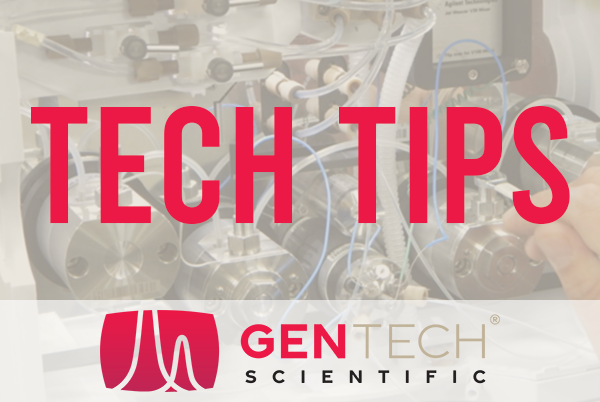Cannabis is legal in more states in the US than ever before, which means that cannabis testing is even more essential to consumer safety. Our handy explainer will discuss why we need to test cannabis—for contaminants and potency—and the most common methods labs use.
Cannabis Contamination
Cannabis is like any other processed drug or product—it takes a long path from seeding to growth to processing and, finally, store shelves. Along the way, there are many opportunities for contaminants to poison cannabis. These pollutants include:
- Heavy metals
- Microbial impurities
- Mycotoxins
- Pesticides
- Residual solvents
- Processing chemicals
It’s not uncommon for heavy metals to infect the soil of crops, which contaminate the crop itself and eventually harm consumers. With more people consuming cannabis, safety and contaminant testing are more critical to consumer safety than ever before.
Cannabis Potency
It’s not just contaminants that cannabis growers and processors have to test the flower for—potency is also a significant concern to consumer safety. Cannabis is a drug with psychoactive effects, and any drug with that effect must be monitored and analyzed carefully.
Legal cannabis must label the potency of a product by its THC content so that consumers understand how potent the drug is and can adjust their intake accordingly. A consumer accidentally taking too much because of an inaccurate label could be dangerous and strenuous for the user.
Methods of Cannabis Testing
There are many methods to testing cannabis potency and contaminants, but we’ll go over two of the most common found in testing and research labs.
Potency Testing
To test the potency of cannabis, labs must investigate the cannabinoid (CBD) and terpenoid content in the flower. Chemists can do this in multiple ways, but a favorite method is gas chromatography.
Gas chromatography is the process of vaporizing a sample and combining it with a carrier gas, which takes it into a column oven where the sample is heated to separate the components. Once the components are separated, a detector responds to the chemical elements in the column and records them to produce a chromatogram.
A gas chromatography system is one of the most common cannabis lab equipment setups in cannabis testing.
Contaminant Testing
Gas chromatography is also used for contaminant testing cannabis, but liquid chromatography with mass spectrometry is the more popular and accurate method. Liquid chromatography is similar to gas chromatography. Testers use mobile and stationary phases to separate sample components. The difference is liquid chromatography uses a liquid sample and separation mediums instead of a column oven.
A mass spectrometer converts the sample molecules to an ionized (charged) state at the end of the liquid chromatography process. The ions are analyzed based on their mass to charge ratio, which helps chemists determine foreign substances and chemicals in the sample.





